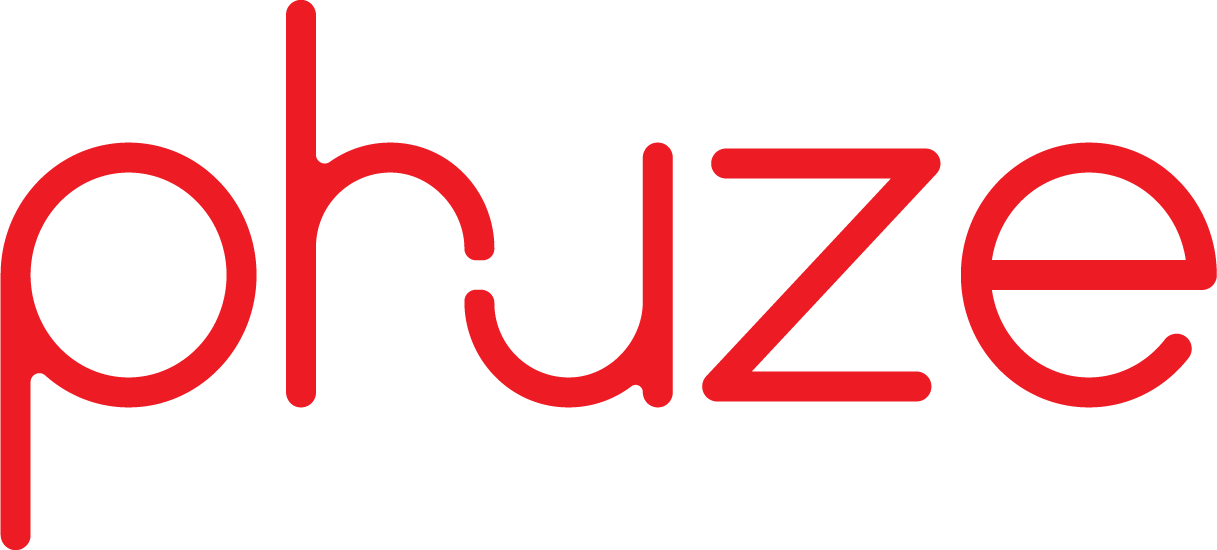What Tactics Do I Need Now?
What if resources are limited but you still see an opportunity to improve health outcomes? Here is an example of how a client leveraged limited resources to achieve their goal.
We were sitting across the table from a prospective client exploring the potential to send out a press release announcing a technical improvement to their device. There was no question that, from the patient and clinical perspective, this was a significant improvement but my PR experience told me it would not receive the sort of coverage or result the client was hoping for. Needing to understand more about the situation, we delved deeper into the reason behind wanting a press release.
As it turned out, the competitor recently jagged some media coverage in a metropolitan newspaper and a senior manager was demanding the same. Here is a classic example of a tactic for the sake of a tactic.
My recommendation was to not do a press release. I didn’t think it was an effective use of their limited resources, nor would it achieve the result they were looking for.
Instead, I suggested they ask their agency to run an ad in a relevant journal; at least that would guarantee the information would get a run. To the client’s credit, they were prepared to consider this recommendation but were also keen to explore alternatives.
We delved deeper still, to find out more about the product, competitive environment, and local healthcare professional attitudes toward the company and the product. As it turned out, every other year the European arm of the business ran a global workshop to review clinical and technological advances in drug administration. They brought together experts from 54 countries to review and debate the latest science with the aim of producing an updated list of Expert Recommendations based on the latest data.
These Recommendations were subsequently published in the prestigious, peer-reviewed Mayo Clinic Proceedings. This was quite a significant leverage point, not only because of the Expert consensus position but also because many of the recommendations were being informally adopted by a number of Australian healthcare professional bodies.
As always, clinical practice was well ahead of the guidelines, so the solution was obvious. We needed to develop updated guidelines. However, rather than re-create the wheel with our own advisory board and our own ‘local expert panel guidelines,’ we tapped into the relevant healthcare professional bodies responsible for this particular therapeutic area.
Our discussions confirmed that the evidence-based Expert Recommendations were already being adopted, so the aim was to work towards updating local guidelines accordingly. We coordinated meetings that would facilitate information sharing and discussion on ways to streamline the guideline review and approval processes both within and between the relevant organisations. For a modest investment, the client was able to focus their efforts on an activity that would have a greater impact on clinical behaviour than any promotional activity they could roll out.
At the same time, we worked with the client and their agencies to help streamline their broader communication activities to ensure information shared with healthcare professionals was consistent across the various channels.
This example highlights not only what can be achieved with limited resources but also the value of maintaining a strategic, integrated focus. As I mentioned in my first email, we often see medical communications bolted onto a communication plan or, in the case of branded content, we see it bolted onto existing promotional tactics. This is not always ideal; nevertheless it can still deliver some wins, so long as there are clear objectives.
